Name Bernie Krause Role Musician | ||
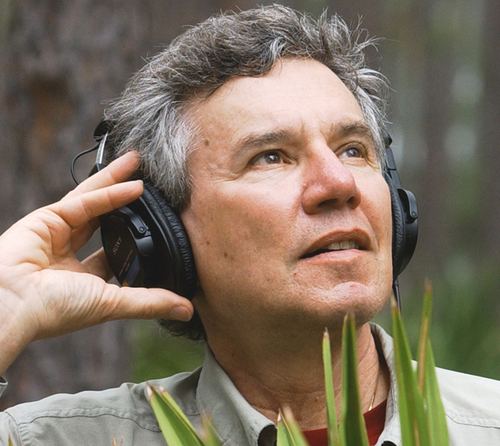 | ||
Albums Natural Imperfections, Zimbabwe: Gardens of Eden Music director The Final Programme, Wildrose, Dark Circle Books Wild Soundscapes: Discoveri, The Great Animal Orchestra, Voices of the Wild: Animal S, Into a Wild Sanctuary: A Life in, Notes from the Wild: The Natur Similar People Martyn Brabbins, Country Joe McDonald, Pete Seeger, Erik Darling, Ronnie Gilbert | ||
The great animal orchestra by bernie krause water sounds
Bernard L. "Bernie" Krause (born December 8, 1938) is an American musician and soundscape ecologist. In 1968, he founded Wild Sanctuary, an organization dedicated to the recording and archiving of natural soundscapes. Krause is an author, a bio-acoustician, a speaker, and natural sound artist who coined the terms geophony, biophony, and anthropophony and, as a founder of the field, was germane to the definition and structure of soundscape ecology. Krause holds a Ph.D. in Creative (Sound) Arts with an internship in bioacoustics from Union Institute & University in Cincinnati.
Contents
- The great animal orchestra by bernie krause water sounds
- Bernie krause with george martin bbc excerpt mov
- Biography
- Electronic music
- Soundscape pioneering
- Discography
- Professional Affiliations
- References
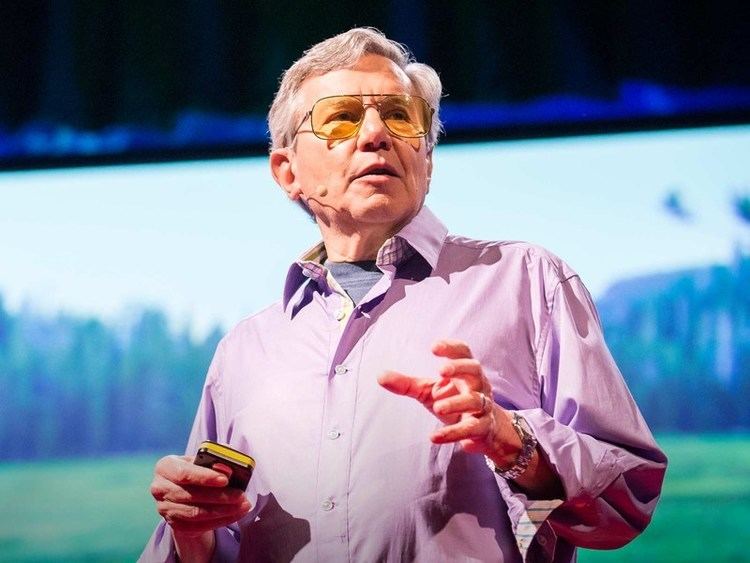
Bernie krause with george martin bbc excerpt mov
Biography
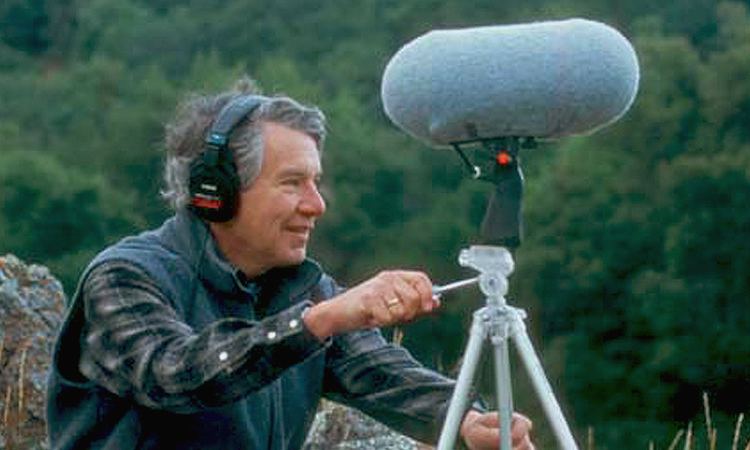
Krause was born in Detroit, Michigan. Before age 4 he studied violin and, later, classical composition. He ultimately chose guitar as his major instrument, learning all styles, but was prevented from studying his major instrument at university because, in the U. S., guitar was not yet to be considered a musical instrument in the mid-1950s. Nevertheless, Krause contributed as a studio guitarist to jazz, folk and pop sessions, and occasionally, at Motown during the late 1950s and early 60s. From 1957, he worked as a recording engineer and producer in Ann Arbor while an undergraduate student. Krause joined The Weavers in 1963, occupying the tenor position originated by co-founder Pete Seeger until they disbanded in early 1964.
Electronic music
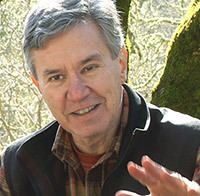
After the breakup of The Weavers, Krause moved to the San Francisco Bay Area to study electronic music at Mills College, a time when avant-garde composers such as Karlheinz Stockhausen and the late Pauline Oliveros lectured and performed there. It was coincidentally the early experimental stages of analog synthesizers, with Don Buchla and Robert Moog testing the expressive range of modular instruments. During this period Krause met Paul Beaver and together, they formed Beaver & Krause. In June 1967, they introduced the Moog III to the musicians and attendees at the Monterey Pop Festival, selling the instrument to several groups and artists.
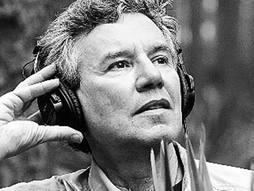
The team played Moog synthesizer on the Monkees recording, "Star Collector" (1967), one of the first pop group recordings to feature synthesizer. In 1967 they released The Nonesuch Guide to Electronic Music which was part instructional and part a demonstration of the functions of analog synthesis. It was the first West Coast recording to utilize Dolby A301 (without meters) noise reduction as an inherent part of their production. Beaver & Krause, individually or as a team, went on to perform on hundreds of sessions for some of the more important names in music of the time, including The Byrds, The Doors, Peter Gabriel, Stevie Wonder, George Harrison, and Van Morrison. In November 1968 Krause was asked by Harrison to demonstrate the synthesizer after performing on a session for Apple artist Jackie Lomax in Los Angeles. According to Krause, without his knowledge or permission, a recording was made of the demonstration and issued by Harrison as "No Time Or Space", on his Electronic Sound album the following year. Because of their extensive studio work in Hollywood, New York City, and London, Beaver & Krause are credited with helping to introduce the synthesizer to pop music and film.
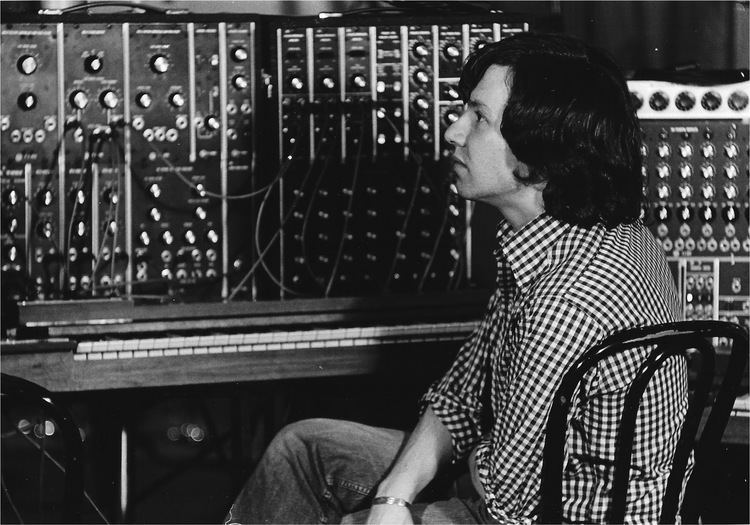
Beaver & Krause, working together or individually, also provided synthesizer and/or natural soundscapes for dozens of Hollywood films including Rosemary's Baby, Apocalypse Now, Invasion of the Body Snatchers, Performance, Love Story, and Doctor Dolittle', and after Beaver's death in early 1975, Krause's natural sound recordings were incorporated into the soundtracks of Shipping News, Castaway, and Duma, and Where the Wild Things Are. Between 1967 and 1972, Beaver & Krause released five albums together, effectively defining the beginning of both the new-age music and electronica musical movements with albums such as The Nonesuch Guide to Electronic Music, and In A Wild Sanctuary for Warner Brothers. After Beaver's death, Krause found himself more drawn to the recording of natural soundscapes. At the age of 40 he earned a doctoral degree in Creative (Sound) Arts with an internship in marine bio-acoustics.
Soundscape pioneering
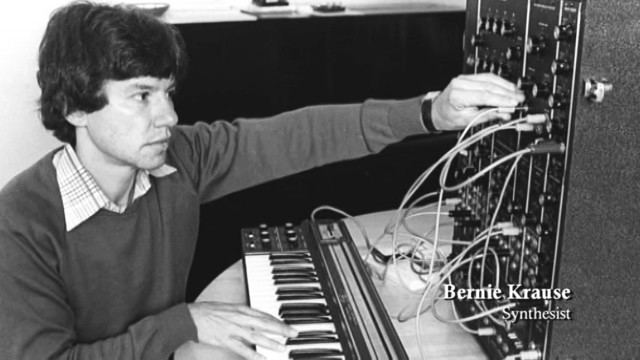
Beaver & Krause's album In A Wild Sanctuary, a synthesized music album recorded in 1968 and '69, was the first to incorporate natural soundscapes as an integral component of the orchestration, to address the theme of ecology, and coincidentally, it was also the first album to be encoded in quadraphonic sound and surround sound.
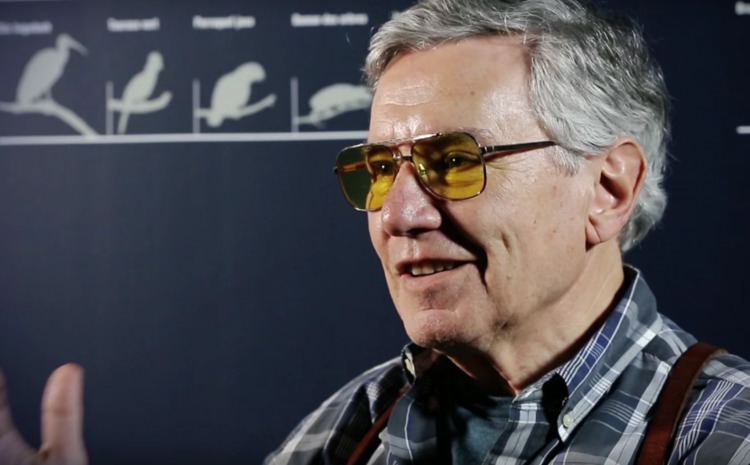
Since 1979, Krause has concentrated almost exclusively on the recording and archiving of wild natural soundscapes from around the world. These recordings – works of art and science commissioned primarily by museums, aquaria, and zoos for their dioramas and sound installations worldwide – have been mixed into ambient tracks for numerous feature films, and over 50 downloadable field recording albums from the world's rare habitats available as downloads through Wild Sanctuary.com. The Krause Natural Soundscape Collection now consists of more than 5,000 hours of recordings of over 15,000 individual species, marine and terrestrial. Sadly, over half of these habitats are now either altogether silent or can no longer be heard in any of their original form.
In Fall of 1985 Krause and a colleague, Diana Reiss, helped lure Humphrey the Whale, a migrating female humpback that had wandered into Sacramento River Delta and apparently got lost, back to the Pacific Ocean. As scientific co-directors of the operation, they used recordings of humpbacks feeding, recorded by two graduate students from the University of Hawaii.
Krause's 1988 CD album, Gorillas in the Mix (Rykodisc), is composed entirely from sampled animal sounds, played from sampling keyboards. In 2007, Krause demonstrated at the O'Reilly Media Where 2.0 Conference a KML layer to Google Earth and Google Maps that made it possible for the first time, to hear soundscapes worldwide through that platform.
A principal founder of the field of soundscape ecology, a sub-category of ecoacoustics, Krause introduced a number of terms and concepts into the discipline to further define the sources of sound within the soundscape. They include geophony, the first sounds heard on earth consisting of non-biological natural sounds such as the effect of wind in trees or grasses, waves at the ocean or lakeshore, or movement of the earth. The second acoustic source is called biophony, the collective signature produced at one time by all sound-producing organisms in a given habitat. The third, and last of these elements is referred to as anthropophony, or human-generated acoustic signatures. In the final category, some sources represent controlled sound, such as music, theatre, or language. While a large percentage consists of incoherent or chaotic sound, referred to as noise. The first and last terms were implemented along with colleague, Stuart Gage, Professor Emeritus, Michigan State University. In addition, Krause introduced the concept of the Acoustic Niche Hypothesis, the idea that vocal organisms in a healthy habitat, tend to establish acoustic or temporal bandwidth in which to vocalize unimpeded by the signatures of others.
Krause was invited to present a TED Global talk at the 2013 Edinburgh conference (https://www.ted.com/talks/bernie_krause_the_voice_of_the_natural_world?language=en), and the keynote talk at the first conference of the International Society of Ecoacoustics (ISE), a worldwide organization, meeting in Paris in June, 2014.
In July 2014, the Cheltenham Music Festival premiered "The Great Animal Orchestra: Symphony for Orchestra and Wild Soundscapes," a collaboration with friend and colleague, Richard Blackford, former Balliol College Oxford Composer-in-Residence. Performed by the BBC National Orchestra of Wales and conducted by Martyn Brabbins, the theme is based on Krause's 2012 book of the same title. The work integrates for the first time, natural soundscapes into the orchestral textures of a major symphonic piece. The symphony was recorded immediately following the premier and has been released on CD by Nimbus Records in September 2014.
April 3, 2015, Krause and Blackford premiered the score for their first ballet, "Biophony", performed by Alonzo King LINES Ballet at the Yerba Buena Center for the Arts in San Francisco. His new book, commissioned by Yale University Press, is titled Voices of the Wild: Animal Songs, Human Din, and the Call to Save Natural Soundscapes, and was released in August, 2015. "Wild Soundscapes: Discovering the Voice of the Natural World," a revised edition of Krause's earlier publication and a guide to field recording, Yale University Press, was published in May, 2016.
July 1, 2016, the Fondation Cartier pour l'art contemporain in Paris, opened the first major soundscape exhibit in a contemporary art museum based on The Great Animal Orchestra. A retrospective of Krause's work, it includes many examples of his collection along with graphic and visual media, generated by the London-based organization, United Visual Artists (UVA). Inspired by Krause's recordings and soundscape philosophies, the exhibit ran until 7 January 2017. and opened as part of a larger Fondation Cartier collection, at the Seoul (S. Korea) Museum of Art in May, 2017.
Krause and his wife, Katherine, live in California.
